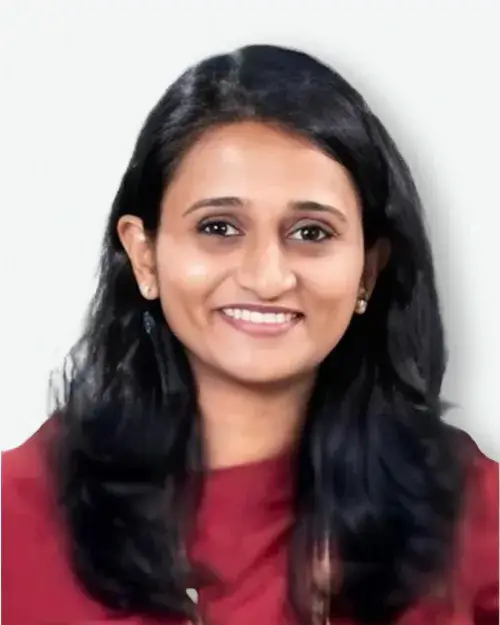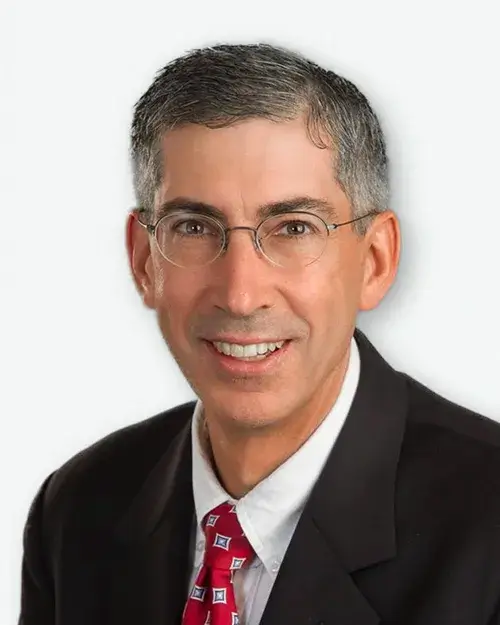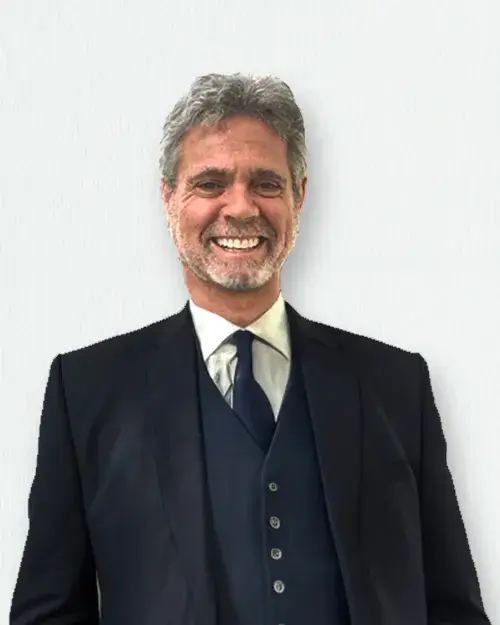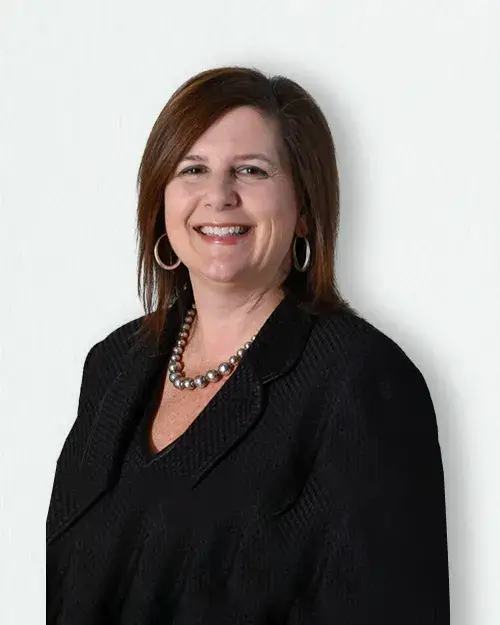Virtual Scribes Can Reduce Physician Workload while Increasing Revenue

Jennifer Bacani McKenney, M.D., knew her already busy schedule would become almost unmanageable when she found out another physician at her Fredonia, Kansas-based family practice had passed away unexpectedly. As she incorporated a deluge of patients into her schedule, McKenney says her workload quickly spiraled out of control.
“It was unsustainable,” she recalls.
All of that changed eight years ago when she hired a virtual scribe – someone who works offsite or in a different area of the practice (i.e., not in the exam room) – to document important aspects of the encounter so she could focus on providing patient care and working more efficiently.
McKenney’s scribe works in a separate room in the same office without ever having patient contact.
The scribe also remotely controls the EHR and navigates to various sections that McKenney needs to see, so she rarely needs to touch the keyboard. For example, if she wants to review the patient’s most recent mammogram, the scribe pulls up the results. If she wants to order amoxicillin for an ear infection, the scribe sends the script to the pharmacy electronically.
The practice has since hired three additional scribes (one for each of the other two physicians and one for the nurse practitioner). The practice has also joined an accountable care organization and consistently meets all of its quality benchmarks-an accomplishment that McKenney attributes directly to its virtual scribes.
In particular, McKenney’s scribe performs a pre-visit review of the patient’s chart and lets her know as she walks from one exam room to another what was discussed during the last visit as well as what should be addressed currently. The scribe also identifies any preventive tests (e.g., mammograms and colonoscopies) for which the patient may be due. “It’s a much more efficient way of moving through the day,” she says.
Another bonus: Her documentation is more comprehensive, often translating to higher reimbursement. That’s because the scribe reminds her to address additional complications, enabling her to bill a higher-level evaluation and management (E/M) code.
With the help of a scribe, she says she can also provide better patient care. “We get such good one-on-one time with our patients looking them in the eyes, chatting and doing what we do as doctors.”
Perhaps most importantly, her quality of life has improved. “I don’t know that I would still be practicing if I didn’t have a virtual scribe,” she says, adding that she ends her workday at 5 p.m., cooks dinner every night and spends more time with her family.
The virtual scribing solution
Many experts have heralded medical scribes as a potential antidote to the administrative burden facing physicians, says Dale Kivi, MBA, senior director of communications at Aquity Solutions, an outsource transcription services vendor in Glen Allen, Virginia. “Physician burnout is becoming a significant crisis in the U.S. health care marketplace,” he says. “Suicide rates for physicians are twice that of the general population.”
In some cases, physicians can either see additional patients or they can use that time to pursue personal interests, says Kivi.
Scribing itself isn’t new, but the virtual aspect is-something that’s only possible given the proliferation of EHRs (and digital data) that people can access simultaneously from multiple locations, says Jay Vance, founder of GoScription, LLC in San Antonio, Texas.
Physicians often use an Alexa-type device managed over a secure connection with secure mobile phone apps as a backup in case of connectivity issues, says Kivi. Smaller recording devices, such as those that can be attached to a laptop, are used when the encounter recording is provided to off-line scribes without two-way audio communication between the physician and scribe.
The good news is that going virtual means physicians aren’t limited to individuals in their local areas, says Vance. They can work with other qualified candidates (e.g., medical transcriptionists, certified nursing assistants, medical coders, or billers or medical assistants) nationwide, he adds.
Another advantage: The scribe isn’t in the room, says Vance, adding that the physical presence of scribes in an otherwise confidential exam room can make some patients feel uncomfortable.
However, even though patients don’t see the scribe (and vice versa), physicians still need to obtain verbal consent for the scribe to listen, says Vance. Many physicians even introduce the scribe by name at the beginning of the visit. They also need to be ready and willing to forgo the scribe if a patient doesn’t agree to the arrangement, although he says this doesn’t happen often based on his experience, he adds.
Adapting to change
Still, using a virtual scribe does require proactive planning. For example, physicians may need to reduce their patient volumes by as much as 85% for a couple of weeks while they provide the scribes with feedback on their work, says Kivi.
“The more time you put in up front with your scribe giving them routine, regular feedback, the more they will morph the notes to your specific style,” says Christina Taylor, M.D., an internist in West Des Moines, Iowa, who has been using a virtual scribe for the last two years. For the first couple of weeks, Taylor had a 60-minute daily call with her scribe. Now, it’s a 30-minute call every couple of months. Her scribe relays important information to a team of individuals who can fill in as needed, so she doesn’t need to document using previous methods when her scribe is sick or on vacation.
At Taylor’s clinic, visits are recorded, encrypted, and sent to India where virtual scribes complete documentation in the EHR. Because India is approximately 12 hours ahead of Iowa, Taylor’s notes are usually ready for her review when she comes in the next morning. Once she reviews and signs the note, the recording is deleted.
Taylor, who previously saw 18 or 19 patients a day now sees 24 or 25 patients a day with the help of a virtual scribe. The quality of her documentation has improved, enabling her to better capture patient severity and acuity for capitated and value-based payments as well as transitions of care.
In addition to providing feedback to the scribe, physicians may need to be more mindful of how they verbalize details of the visit, says Bonnie Monico, CHDS, president-elect of the Association for Healthcare Documentation Integrity in Modesto, California.
Physicians also must review all documentation. “Physicians have the final ownership of the medical record,” says Zach Taft, senior director of scribing solutions at 3M/M*Modal in Pittsburgh, Pennsylvania. “All information entered by a scribe is ultimately the responsibility of the
physician.”
Lisa Eramo
Freelance Healthcare Journalist Specializing in HIM





































































